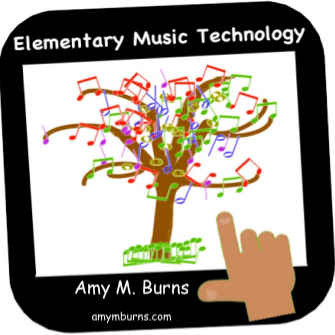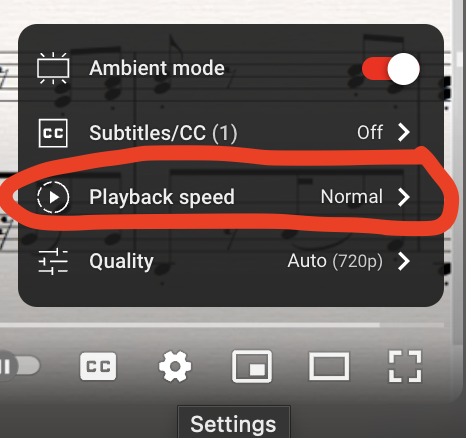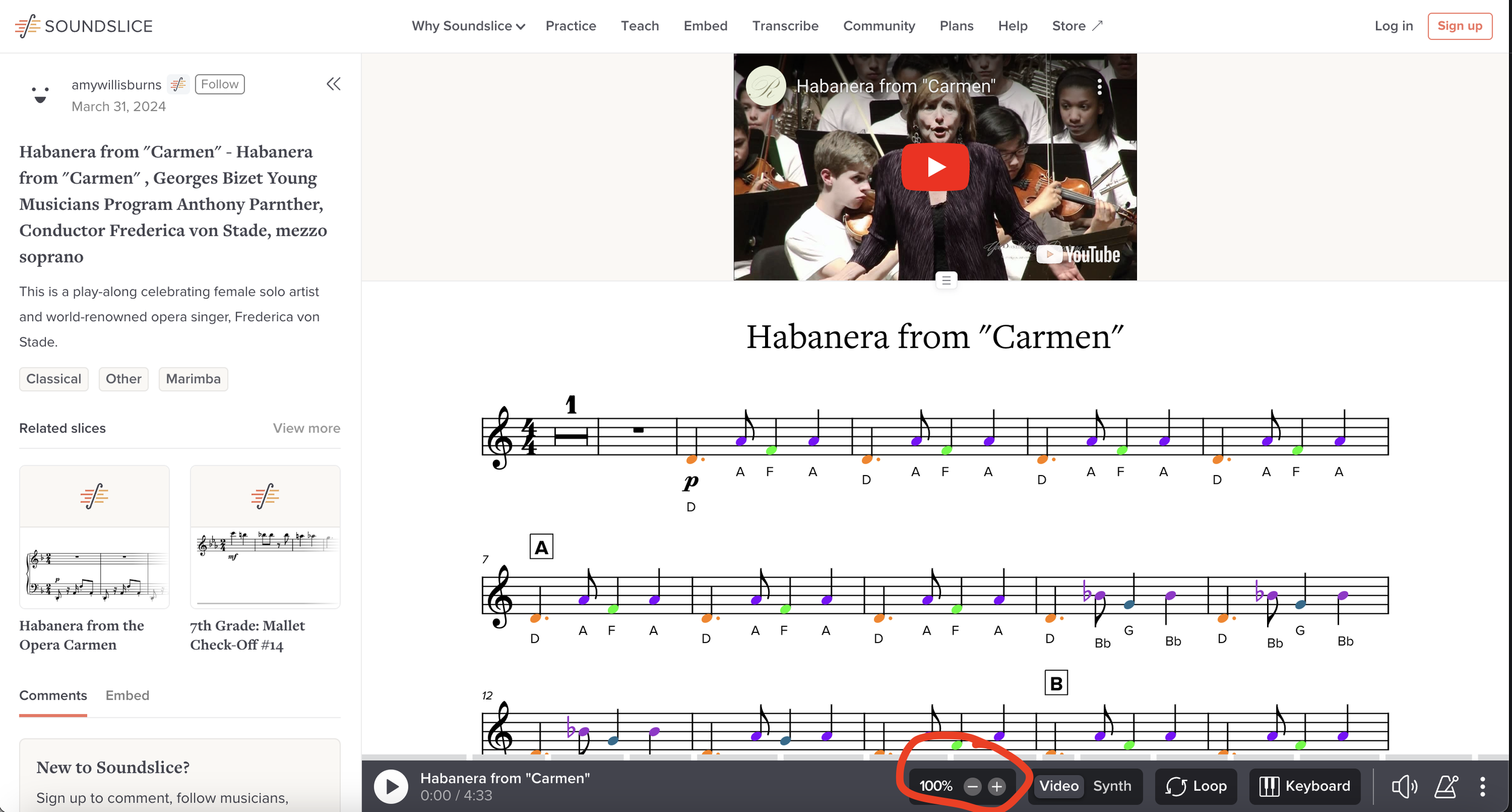Month of March Play-Along Videos Featuring Female Solo Artists: Frederica von Stade
Bringing back one of my favorites with something operatic, I present a Rhythm and Boomwhacker Play-Along Video featuring the one and only Frederica von Stade, a Far Hills Country Day School alum! Frederica, a seasoned opera star with a voice that wows, is here to jazz up your day. Dive in to discover the play-along video, fun classroom manipulatives, and insider tips on teaching the song. Ready to jam out? Spread the love by tossing a virtual coffee my way at https://www.buymeacoffee.com/elmusedtech/ 🎵☕
Frederica von Stade
American opera singer Frederica von Stade is renowned for her mezzo-soprano vocal range. She has gained acclaim for her exceptional performances in opera and concert repertoire. Von Stade has graced prestigious opera stages worldwide, such as the Metropolitan Opera, La Scala, and the Royal Opera House. Over her career, she has been recognized with various awards and honors for her artistic achievements.
Some Facts about Frederica
She was born in Somerville, NJ.
She was born premature and weighed only 2 ½ pounds.
Her father passed before she was born as he was killed in action in Germany in World War II when his jeep ran over a landmine.
Her nickname is Flicka, which is Swedish for “little girl.”
She is a graduate of Far Hills Country Day School in Far Hills, NJ. There, she was a leading participant in the school’s performing arts program.
She is a mezzo-soprano, which means her voice range lies between soprano and contra-alto.
She has performed over 50 operatic roles on stage, and some more in recordings.
She has performed in nine world premieres.
Her signature roles are Penelope, Rosina, Angelina, Charlotte, Lucette, and Mélisande, to name a few.
More Facts about von Stade
Each of her close relatives had a passion for music.
Her brother sang.
Her mother listened to opera.
Her father was a pianist, singer, and organist and studied at a music college in New York City.
At Far Hills Country Day School, she appeared on stage in productions mounted by a multidisciplinary teacher with a love of music and drama who taught there for 50 years, Betty Noling.
She loves opera, but also loves musical theater. She chose to perform opera since the schedule was not as rigorous as Broadway.
She once said: "I wanted Broadway more than anything," she says. "My heart is on Broadway." "My idea of dying and going to heaven is walking in a Broadway theatre and hearing the overture."
Learn more about Frederica von Stade by clicking here! (https://kids.kiddle.co/Frederica_von_Stade).
Manipulatives
This play-along assists in practicing the rhythm pattern of dotted quarter notes followed by an eighth note and two-quarter notes in 4/4 time. It also touches on performing the pattern in minor and then in major. Finally, it includes a percussion line to perform non-pitched percussion instruments in case you do not have enough boomwhackers or chromatic boomwhackers.
Rhythm Values: dotted quarter note, eighth note, whole rest, and whole note.
Dynamics: p, mp, mf, f, ff, and crescendo
Performance Techniques: accents, rolls, and fermatas
Boomwhacker Notes: D, E (only a few times), F, F#, G, A, Bb, B
Suggestions for Teaching the Song:
Use the Manipulatives (found in Manipulatives for 11 Play-Along Videos) to teach the rhythm patterns performed in the song.
Use this play-along to practice the dotted quarter followed by an eighth-note rhythm pattern.
If you use the YouTube play-along video, use the settings button to slow down the tempo if it is too fast.
If you use my Soundslice channel to perform this, use the controls at the bottom of the screen to change the tempo.
You can also use virtual instruments from Playxylo or Dr.Musik.
One challenge I ran into was that the non-pitched percussion line occasionally appeared right before they had to enter.
What is Habanera?
"Habanera" stands out as one of the most renowned arias from Georges Bizet's opera "Carmen," famously performed by the character Carmen herself. This aria is celebrated for its captivating melody and rhythmic ostinato.
The music of "Habanera" showcases a unique habanera rhythm, a syncopated pattern with a slow tempo, infusing the aria with its great essence. The melody is enriched with Spanish-inspired motifs, mirroring the opera's Seville, Spain setting.
Recognized as one of the most iconic and frequently sung arias in the opera world, "Habanera" has been widely embraced and interpreted by sopranos and mezzo-sopranos worldwide. It continues to be a centerpiece of Bizet's "Carmen" and a beloved piece among opera fans.
SOUNDSLICE
This week’s video is a bit different as I used Soundslice, since I knew that it would take me less time. Therefore, the students play-along with Frederica’s performance! Curious about Soundslice? Check out my post and video here!


